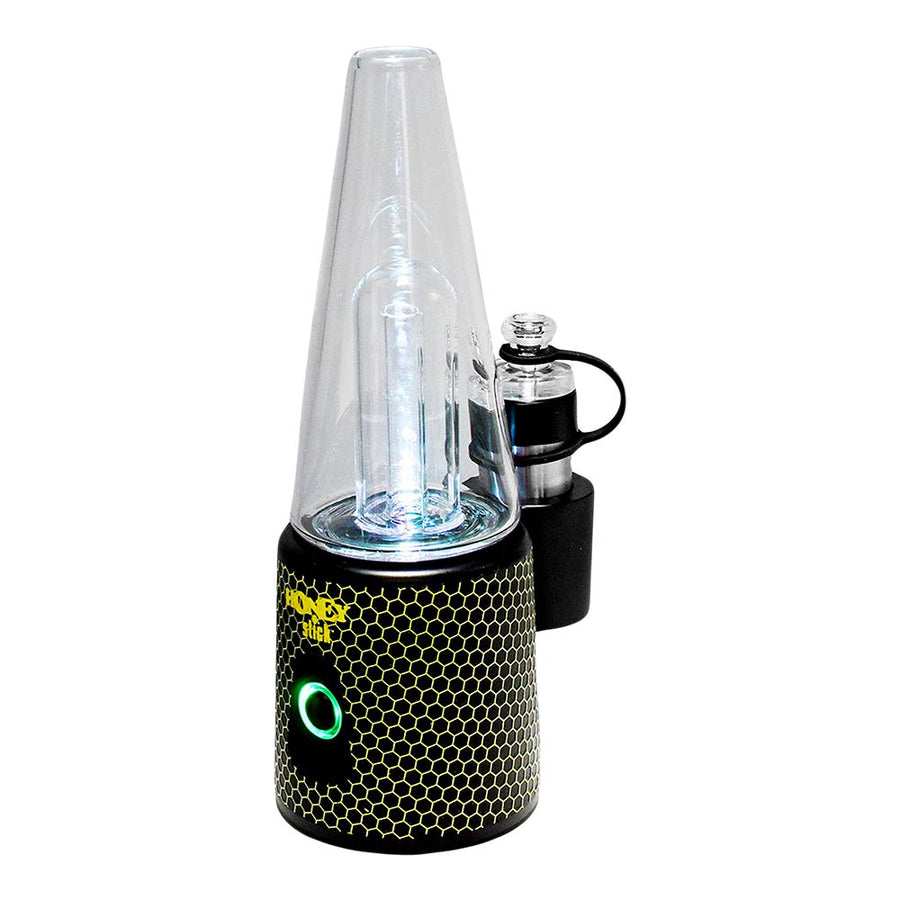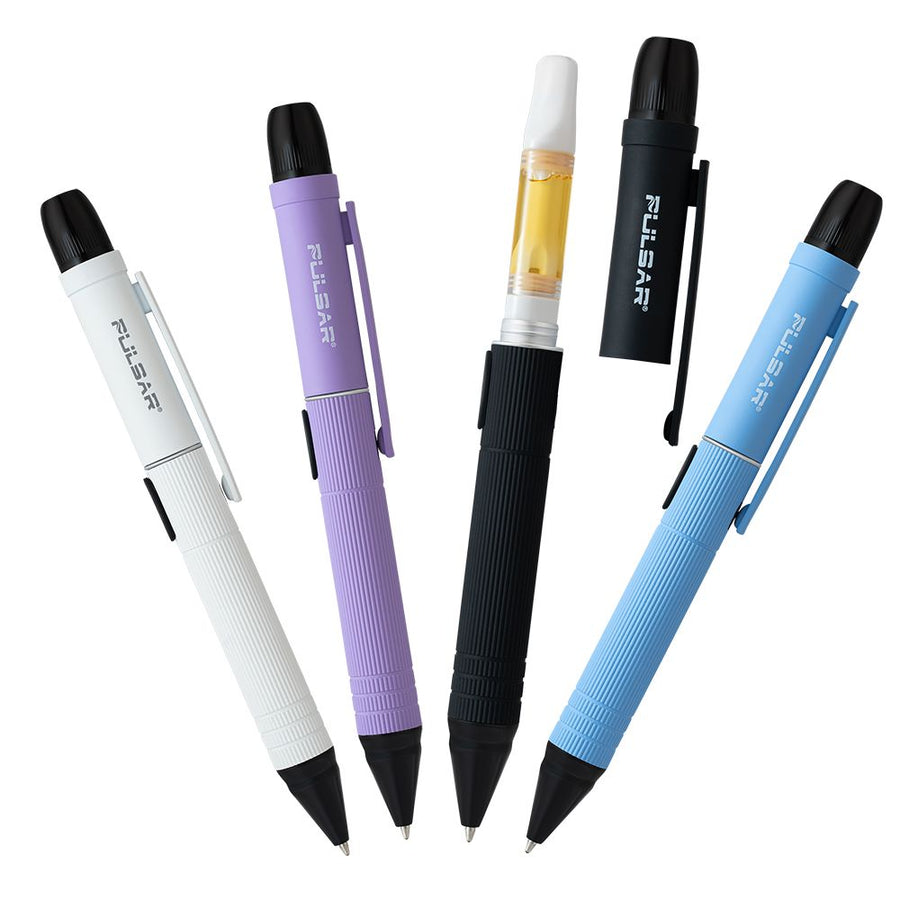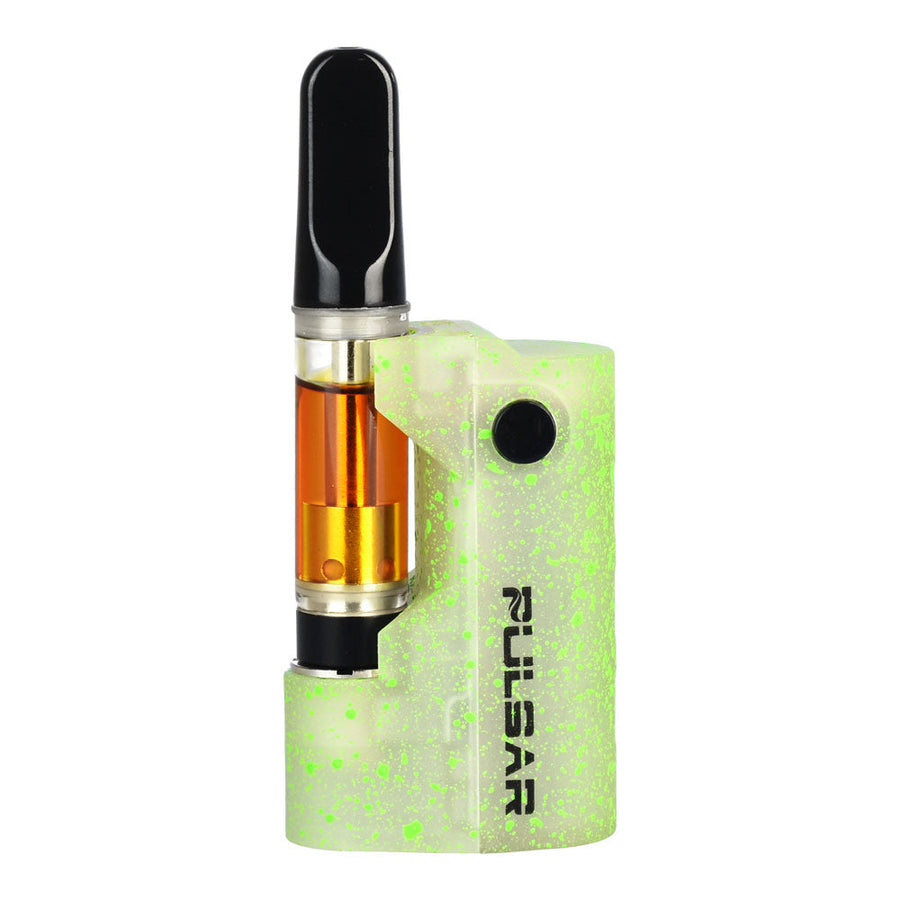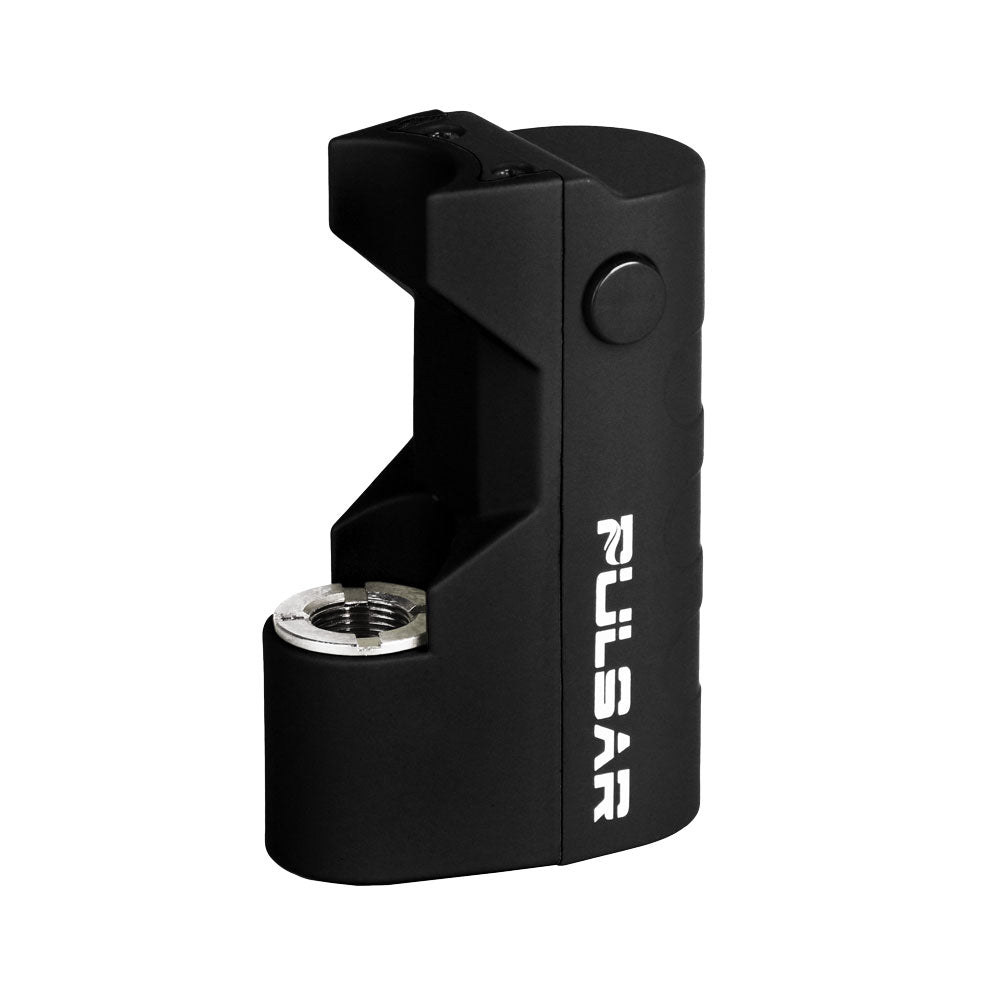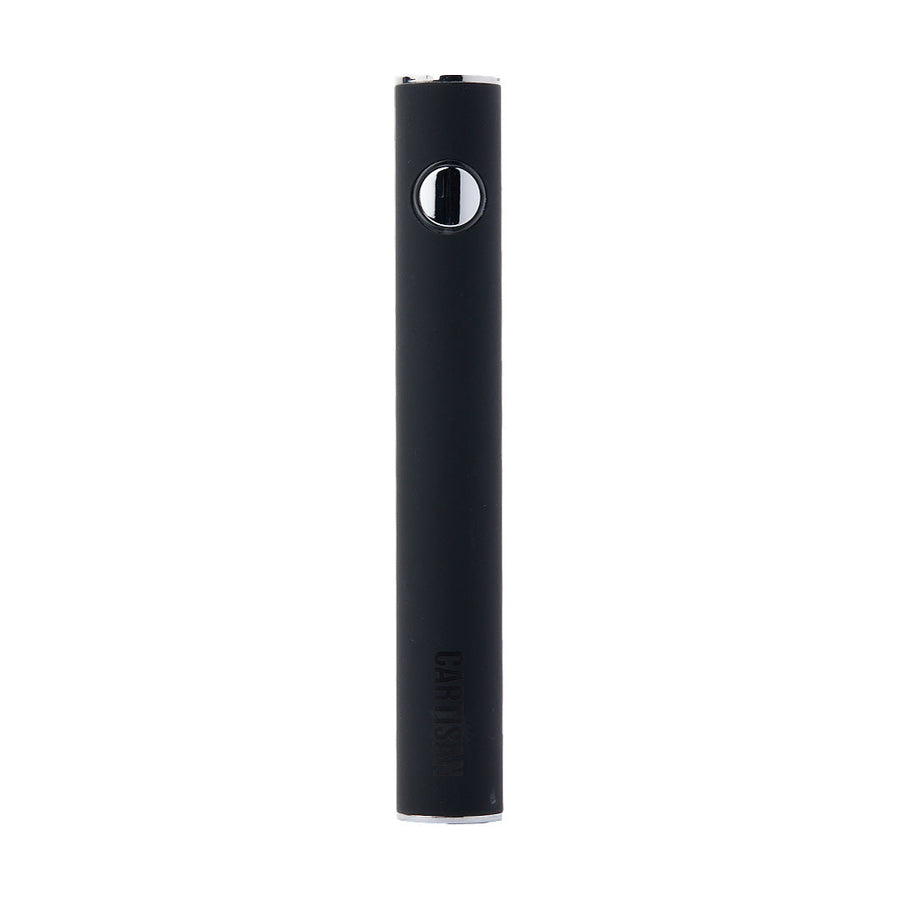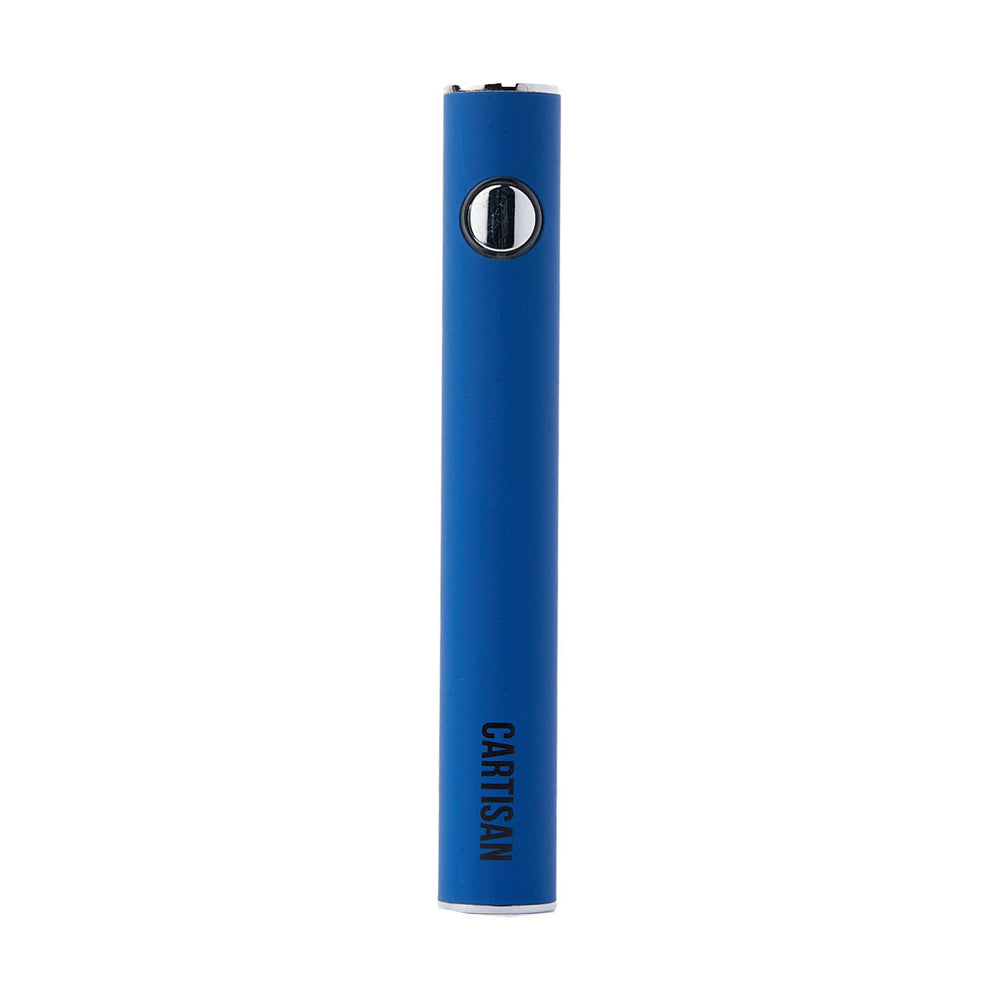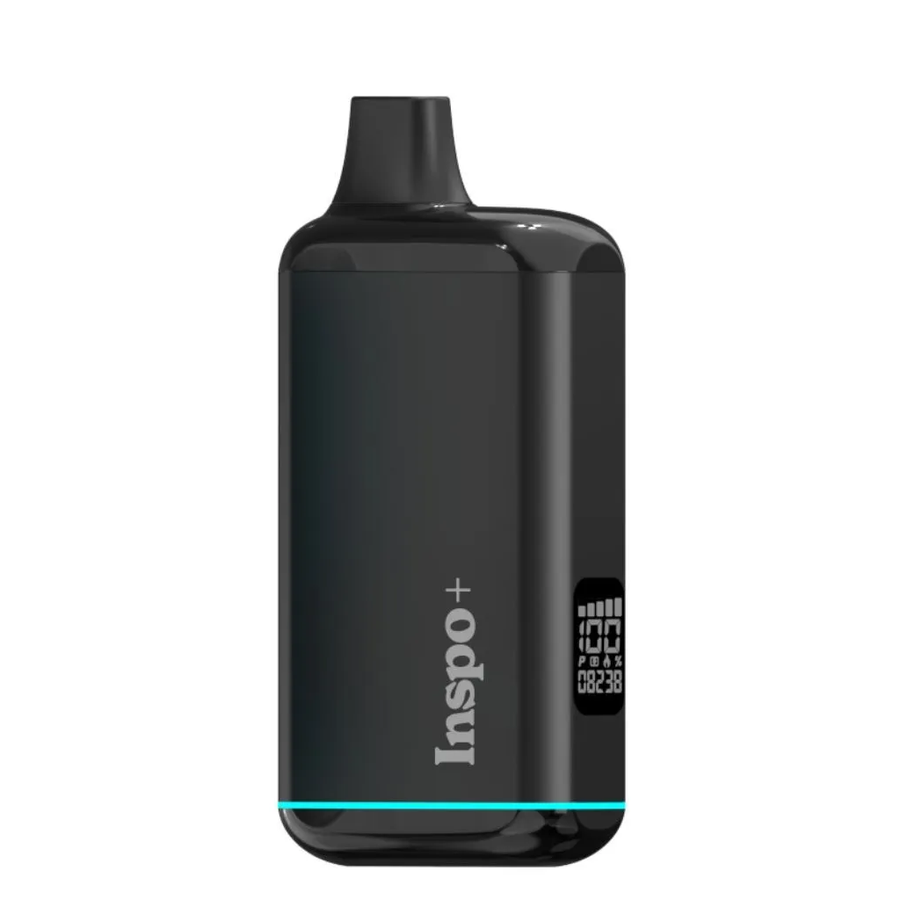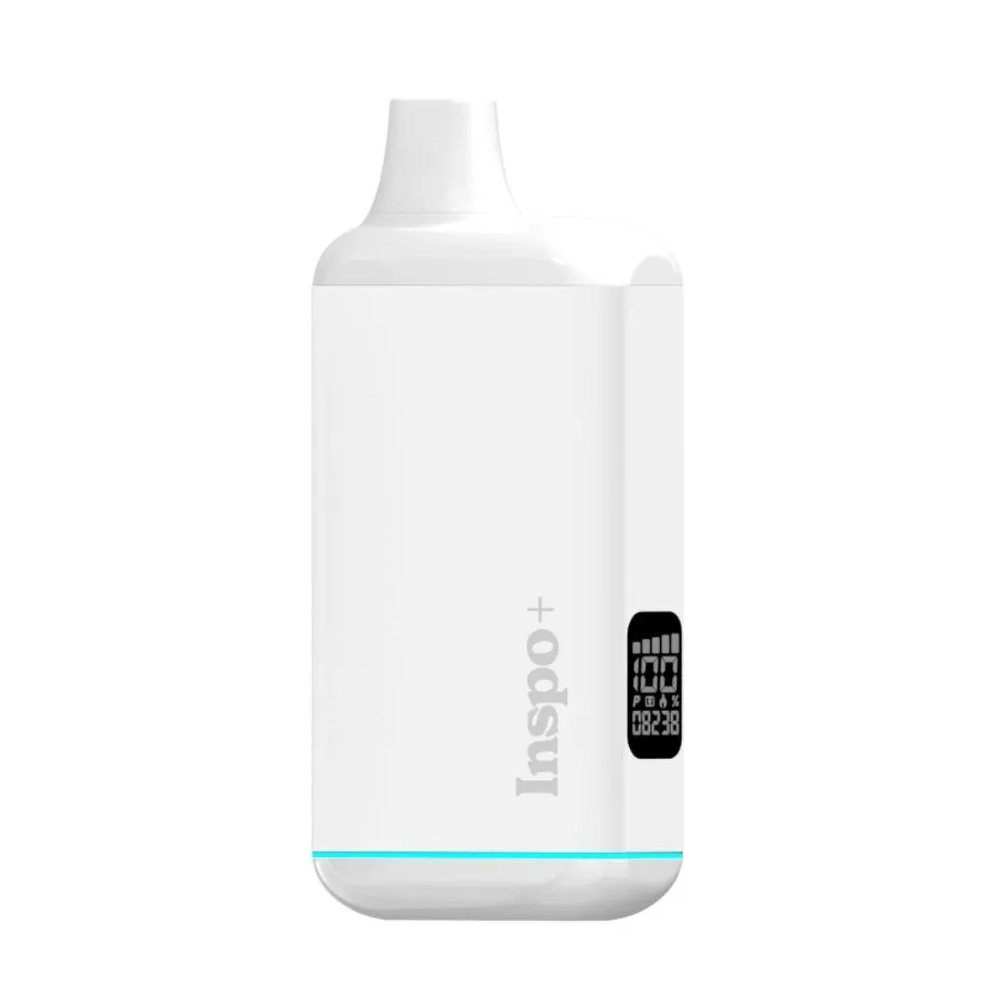The Truth About What Chemicals Are in Vapes: Separating Fact from Fiction

Vaping has quickly become a popular alternative to smoking, sparking debates and concerns about what really goes into e-cigarettes. Many users switch to vaping as a healthier option without fully understanding the chemical composition that makes up the vapor they inhale.
One fact often overlooked is that vapes contain not just water and flavorings but also substances such as nicotine, propylene glycol, glycerol, and sometimes toxic chemicals that can potentially harm your health.
In this article, we'll separate facts from fiction about the chemicals in vapes. We aim to provide a clear view of the potential dangers of e-cigarettes by exploring their ingredients, aerosol components, and the impact on users' health.
Whether you're new to vaping or have been using these devices for years, our insights will help you make informed decisions about your vaping habits. Keep reading; knowledge is power.
What's in an E-Cigarette?
- E-cigarettes contain e-liquid made up of water, nicotine, propylene glycol or vegetable glycerin, and flavorings.
- Potential toxic chemicals found in vapes include diethylene glycol and heavy metals such as cadmium.
Ingredients of E-Liquid (water, nicotine, propylene glycol or vegetable glycerin, flavorings)
E-cigarettes mix several ingredients to create the vapor we inhale. Every puff delivers a blend of substances, some more concerning than others. Here's a closer look at what's inside:
- Water forms the base of e-liquid, diluting other components for smoother vapor.
- Nicotine is the addictive substance found in traditional cigarettes and many e-cigarettes. It varies in concentration, allowing users to choose their intake level.
- Propylene Glycol (PG) or Vegetable Glycerin (VG) serves as a thickening agent. PG gives a throat hit similar to tobacco smoking, while VG produces denser clouds of vapor.
- Flavorings add taste to the vaping experience, with thousands of options ranging from fruit to dessert flavors.
These ingredients combine in vape juice, creating an aerosol when heated by vaping devices. While flavorings make vaping appealing, they also raise questions about inhalation safety. Toxic compounds in vapes can emerge from these seemingly benign ingredients under heat.
Understanding these substances helps vape users make informed decisions about their vaping habits and recognize the complexities of chemical exposure from e-cigarettes.
Potential Toxic Chemicals (diethylene glycol, heavy metals, cadmium)
Vape users, it's essential to be aware of the potential toxic chemicals present in e-cigarettes. Here is a breakdown of the harmful substances you may be exposed to:
- Diethylene Glycol: This chemical is found in some e-cigarette liquids.
- Heavy Metals: Vapes contain heavy metals such as lead, nickel, and chromium.
- Cadmium: This toxic metal is present in e-cigarette aerosols.
Understanding these harmful components is crucial for making informed decisions about vaping and its impact on your health.
The Truth About Vaping and Health
Vaping is less harmful than smoking but still not safe. Research suggests negative health impacts, with vaping being addictive like traditional cigarettes.
Less harmful than smoking, but not safe
Vaping is considered less harmful than smoking, but it's not safe. E-cigarettes still contain potentially harmful chemicals.
Research has shown that vaping can pose similar addiction risks as traditional cigarettes. It's important for vape users to understand that while vaping may be a better alternative to smoking, it still carries health risks.
Keep in mind that although vaping seems less harmful than smoking, it's not entirely safe due to the presence of potentially toxic chemicals in e-cigarettes.
Additionally, its addictive nature makes it crucial for vape users to recognize the potential dangers associated with this habit.
Addictive like traditional cigarettes
Research suggests that vaping is as addictive as traditional cigarettes. The nicotine in e-cigarettes can lead to dependency, making it hard for users to quit.
Taking proactive measures and seeking support if struggling with addiction will be beneficial in preventing long-term ramifications associated with nicotine dependency.
Not effective for smoking cessation
Vaping is not a reliable method to quit smoking. Studies show that many people who use e-cigarettes as a way to stop smoking end up using both products instead of quitting altogether.
In fact, research indicates that vaping may not help individuals in breaking their smoking habit, leading to continued nicotine addiction. It's crucial for vape users to be aware that these products are not proven tools for achieving successful smoking cessation.
The evidence suggests that relying on vaping as a method of smoking cessation may delay the process of fully giving up cigarettes and does not address the underlying addiction to nicotine, thereby hindering efforts towards healthier living.
Contributing to a new generation getting hooked on nicotine
Vaping exposes youth to harmful chemicals like nicotine, which can lead to addiction. Studies show that nearly 90% of adult smokers started before the age of 18. E-cigarettes and vapes are designed with appealing flavors, making them attractive to young people.
The surge in vaping among teenagers is a cause for concern as it may pave the way for a new generation struggling with nicotine addiction, leading to long-term health issues. It's crucial for parents, educators, and lawmakers to address this growing problem effectively.
Understanding the COVID-19 Pandemic and Vaping
Research indicates that those who vape may have an increased risk of severe illness if they contract COVID-19.
The aerosol from vaping can make it harder to fight off infections like COVID-19. Protecting your health is essential during this time.
Conclusion
Vaping poses health risks and contains potential toxic chemicals. It is addictive and not effective for smoking cessation. Understanding these dangers is crucial for vape users. Make informed choices to safeguard your health and well-being.
Explore safer alternatives with professional guidance if needed.
FAQs
1. What are the main ingredients in e-cigarettes?
E-cigarettes, also known as vaporizers, contain various substances such as nicotine and flavorings. These components become part of the aerosol composition in vapes when used.
2. Are there dangerous chemicals in vaping devices?
Yes, research has shown that harmful substances can be found in e-cigarettes. The aerosol components in vapes may expose users to potential dangers and health risks associated with chemical exposure.
3. How does the aerosol composition in vapes affect my health?
When you use electronic smoking devices like e-cigarettes, you inhale an aerosol containing various chemicals which could pose potential dangers to your health.
4. Is it true that all vaping products contain nicotine?
While many vaporizers do include nicotine among their ingredients, not all do so. It's crucial to understand what is included within each product before using it.
5. Does the vaping industry regulate what goes into their products?
The contents of e-cigarettes vary by brand and model; however, they often include a mix of potentially harmful substances along with other standard elements like flavorings.












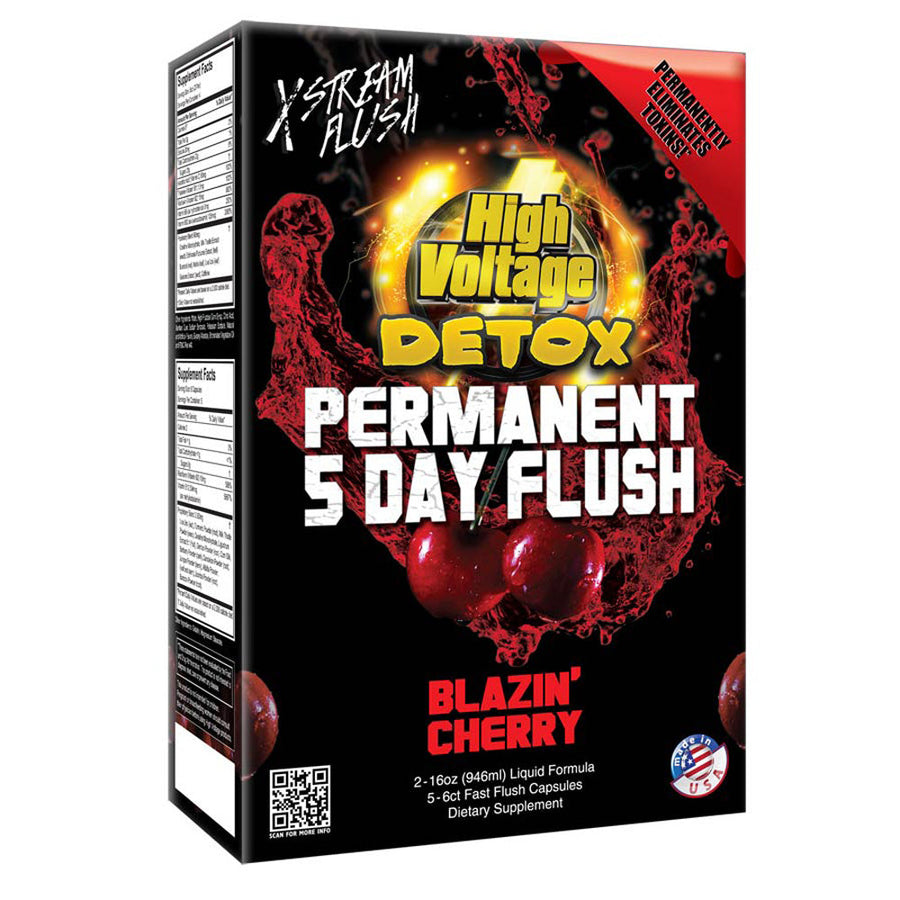
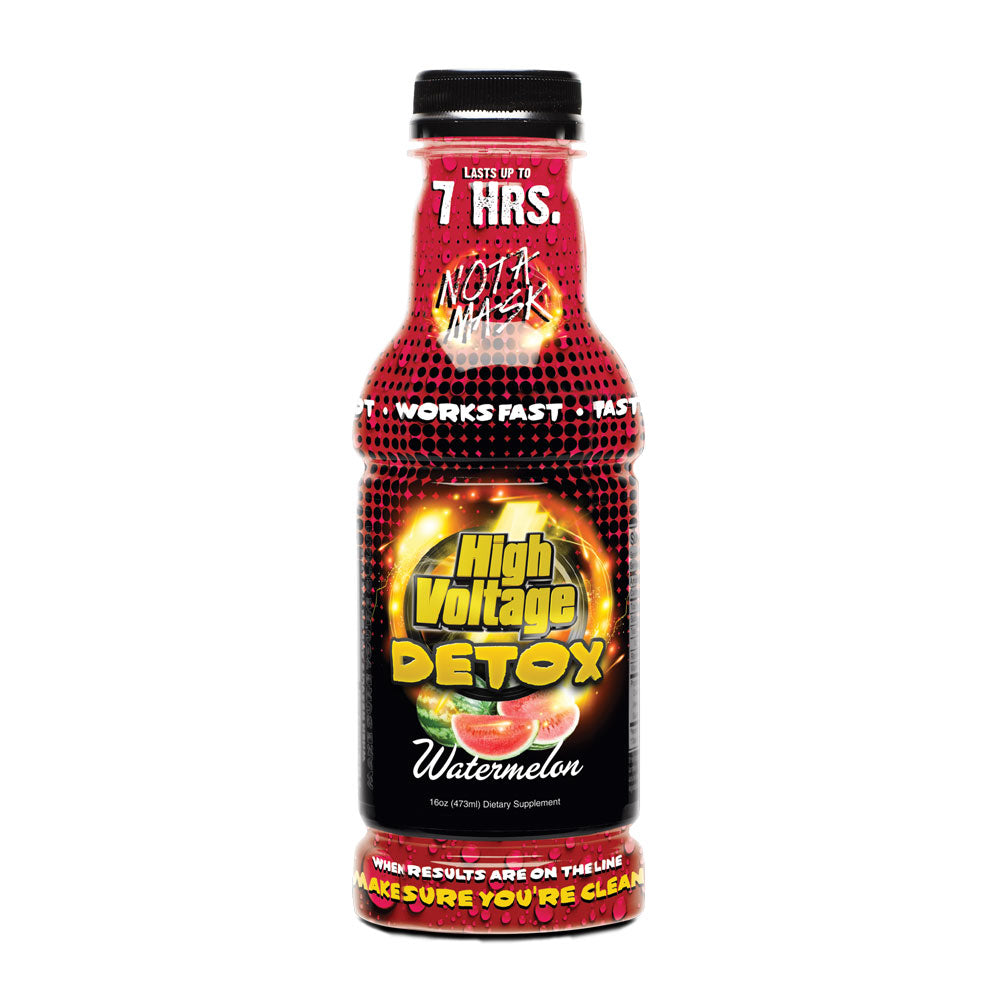
![Vessel Core [Dusk] Vessel Core [Dusk]](http://www.headshop.com/cdn/shop/files/a3563d86-a1be-4432-8900-07ee0c906191.jpg?v=1692121203&width=600)
![Vessel Compass Rise [Obsidian] Vessel Compass Rise [Obsidian]](http://www.headshop.com/cdn/shop/files/631009c0-e68c-4238-9a63-73f14dd1117f.jpg?v=1717545548&width=600)
![Vessel - Wood [Slate/Walnut] + Vessel - Wood [Slate/Walnut] +](http://www.headshop.com/cdn/shop/products/39fad26b-371f-4b7d-9281-b7b3863d5733.jpg?v=1679517186&width=600)
![Vessel - Compass [Copper] + Vessel - Compass [Copper] +](http://www.headshop.com/cdn/shop/products/1a0ca76e-4e0d-4f7e-a08b-b07a9d652129.jpg?v=1679517367&width=600)
![Vessel Expedition - Trail Edition [Black] Vessel Expedition - Trail Edition [Black]](http://www.headshop.com/cdn/shop/products/d7c2ec3d-2d0b-48e8-88f1-6a903a43a807.jpg?v=1679517247&width=600)
![Vessel Compass Rise [Obsidian] - Headshop.com](http://www.headshop.com/cdn/shop/files/631009c0-e68c-4238-9a63-73f14dd1117f.jpg?v=1717545548&width=900)
![Vessel Compass Rise [Obsidian] - Headshop.com](http://www.headshop.com/cdn/shop/files/a12c8ff4-4bee-4dc9-b697-542f6130e46e.jpg?v=1717609092&width=1000)
![Expedition - Trail Edition [Black] - Headshop.com](http://www.headshop.com/cdn/shop/products/d7c2ec3d-2d0b-48e8-88f1-6a903a43a807.jpg?v=1679517247&width=900)
